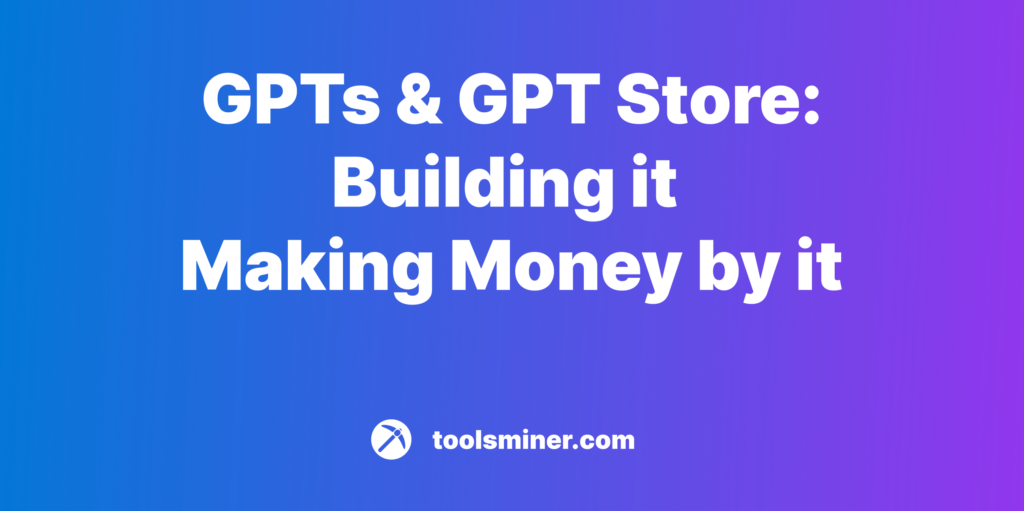In the ever-evolving landscape of data analysis, Artificial Intelligence (AI) has emerged as a pivotal force, driving innovation and efficiency across various industries. Just as AI directories have become indispensable in navigating the AI ecosystem, certain AI tools have become essential for businesses and data professionals aiming to extract meaningful insights from their data. In this blog post, we dive into the world of AI data analysis tools, offering a guide to some of the most effective solutions available today.
Table of Contents
1. AutoAI – Data Analysis:
AutoAI stands out as a remarkable tool in the realm of data analysis. It simplifies model development and feature engineering, making it an invaluable asset for both beginners and seasoned analysts. Its user-friendly interface and advanced capabilities streamline operations, enhancing productivity and decision-making.
2. Alibaba Cloud City Brain – AI Algorithms:
This innovative project showcases the practical application of AI in urban management. Alibaba’s City Brain uses advanced algorithms to optimize traffic flow and enhance road safety, demonstrating the real-world impact of AI tools in improving daily life and operations in cities.
3. Tableau with Tableau GPT – Data Visulization:
Tableau is a powerful and versatile data visualization tool that enables individuals and organizations to transform raw data into insightful, interactive visualizations. With an intuitive drag-and-drop interface, Tableau allows users to explore, analyze, and understand complex datasets without the need for extensive coding or technical expertise. Its strength lies in its ability to create dynamic and compelling visual representations of data, fostering a deeper understanding of trends, patterns, and outliers. From interactive dashboards to real-time analytics, Tableau empowers users to make data-driven decisions, communicate insights effectively, and drive business success.
Integrating the capabilities of Salesforce Einstein and ChatGPT, Tableau has revolutionized data visualization and analysis. It’s a go-to tool for professionals seeking to delve deeper into their data, offering an intuitive platform for creating immersive graphics and uncovering hidden trends.
4. Polymer – Data Analysis:
Polymer transforms spreadsheets into interactive databases, streamlining data management like never before. It offers a unique blend of simplicity and advanced functionality, catering to the needs of diverse users seeking efficient data handling solutions.
Polymer, as presented on polymersearch.com, stands at the forefront of the polymer industry, dedicated to providing comprehensive insights and solutions for businesses operating in this dynamic sector. Recognizing the growing importance of sustainability, Polymer offers a wealth of information on eco-friendly and innovative polymer materials. From biodegradable plastics to cutting-edge manufacturing processes, Polymer serves as a valuable resource for industry professionals, researchers, and businesses aiming to navigate the evolving landscape of polymer technology while prioritizing environmental responsibility.
5. Google’s Cloud Natural Language API :
This tool is a testament to the advancements in Natural Language Processing (NLP). It allows machines to understand human language, enabling data analysts to extract valuable insights from text-based data effortlessly.
Summary:
As AI continues to reshape the landscape of data analysis, the tools mentioned in this post stand at the forefront of this transformation. They offer innovative solutions for extracting insights, predicting trends, and making data-driven decisions. Exploring these tools is akin to navigating the diverse and dynamic world of AI, where each tool offers unique capabilities to enhance productivity and creativity in data analysis. Stay ahead in the data-driven world by leveraging these powerful AI tools for your analytical needs.



